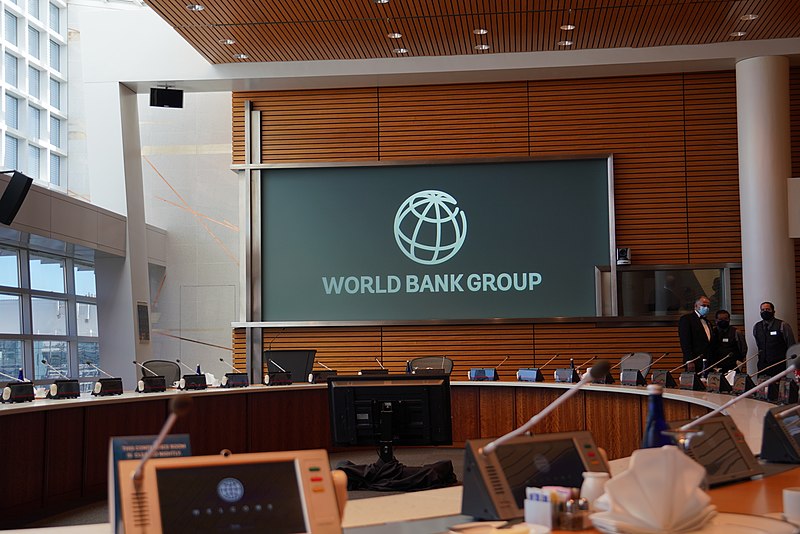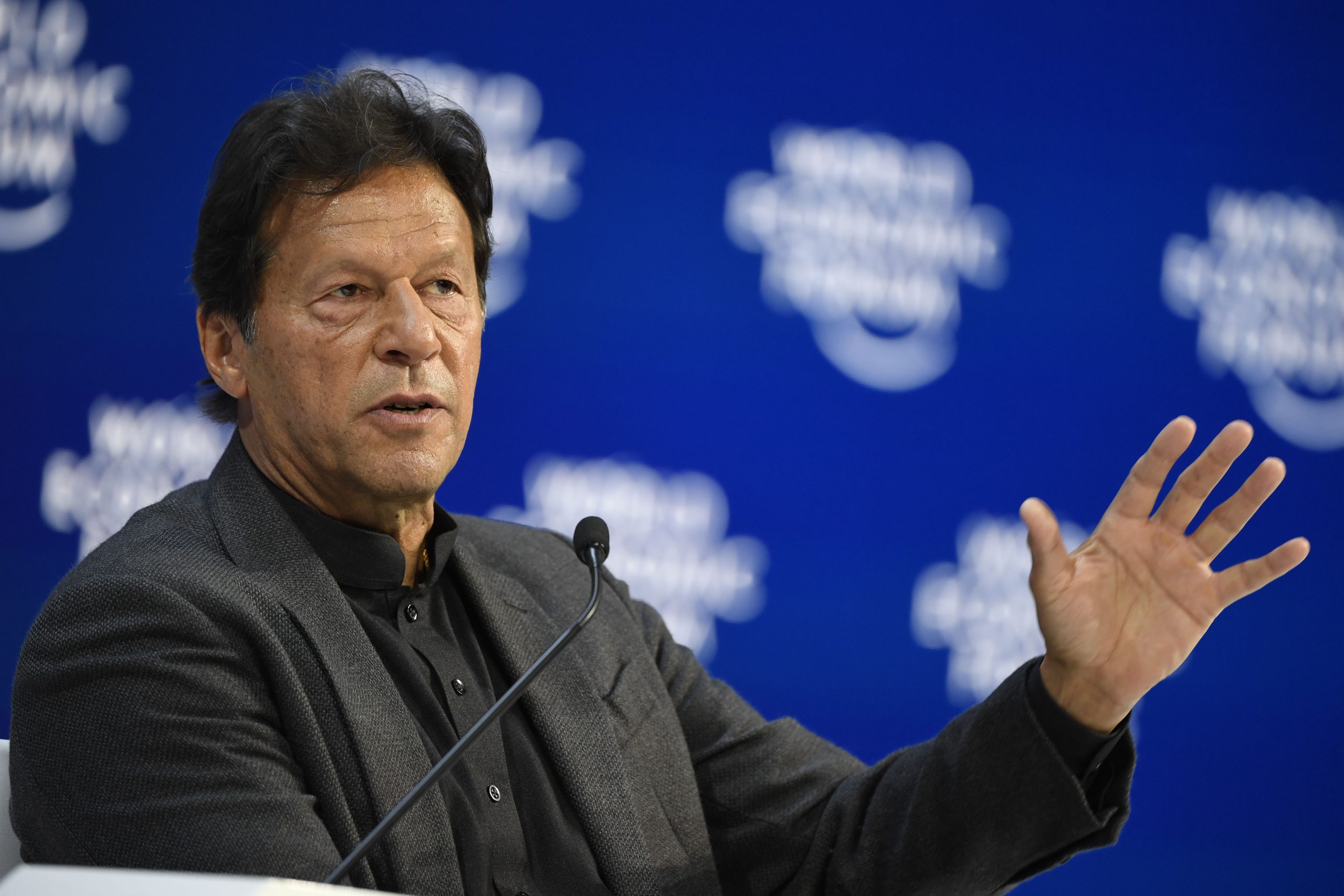Pakistan’s economising improved by 5.6% Despite Covid, in FY21
Following the government’s measures to mitigate the negative socioeconomic repercussions of the Covid-19 epidemic, Pakistan’s economy saw a robust rebound and increased by 5.6% in FY21.
As per the Pakistan Development Update of World Bank, which was issued on Tuesday, though economic activity remained strong from July to Dec 2021, high demand pressures and increasing worldwide commodity prices resulted in double-digit inflation and a significant rise in the import bill.
The rupee has suffered as a result of these developments. Furthermore, the economy’s long-standing structural deficiencies, such as low productivity growth, low exports, and low investment, pose risks to a sustained recovery.
The Report Shows That as the economy recovered and labour market conditions improved, poverty-measured at the lower-middle-income class poverty threshold of $3.20 Purchasing Power Parity 2011 per day-decreased from 37% in FY20 to 34% in FY21. Rising energy and food prices, on the other hand, are predicted to reduce consumers’ actual buying power, disproportionately impacting poor and vulnerable households who spend a bigger amount of their budget on these products.
“Pakistan’s economic recovery following the Covid-19 crisis shows that the nation has immense capability to overwhelm difficult economic crises,” stated Najy Benhassine, World Bank Country Director for Pakistan. “However, maintaining the economic recovery would necessitate resolving long-standing structural problems in the economy as well as increasing private sector investment, exports, and productivity.”
Real GDP growth is predicted to decelerate to 4.3 and 4.0% in FY22 and FY23, respectively, due to large base impacts and recent monetary tightening. Following that, economic growth is expected to improve marginally to 4.2% in FY24, provided that structural changes to promote fiscal sustainability and macroeconomic stability are implemented quickly and global inflationary pressures disband.
The macroeconomic risks, on the other hand, remain very high. These include tighter global financing conditions, the possibility of additional rises in global energy prices, and the prospect of a return to stricter Covid pandemic related travel limitations. Domestically, political vulnerability and policy reform stumbling blocks can also result in long-term macroeconomic imbalances.
Zehra Aslam, the report’s lead author Stated, “To reduce immediate macroeconomic uncertainties, the government should focus on keeping the budget deficit at a level that assures debt sustainability, closely coordinating monetary and fiscal policy, and maintaining exchange rate flexibility,”
The report’s special part focuses on financial intermediation and how to enhance real-economy funding by tackling structural impediments to demand and supply of finance, notably in credit markets.




